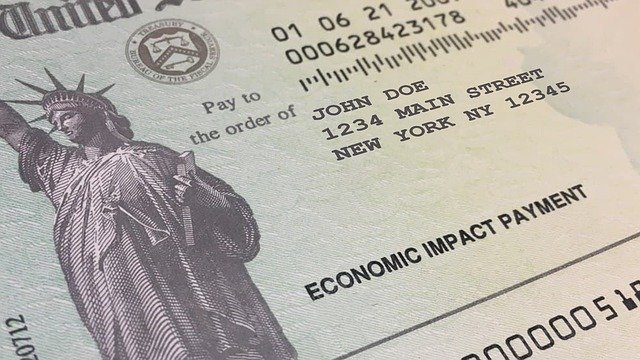The long-delayed project to build a train tunnel under the Hudson River to New York City received a big boost from the federal government this week, a $6.88 billion grant announced by Senator Chuck Schumer of New York on Thursday.
The money promised by the Federal Transit Administration will allow the tunnel’s planners to proceed with preliminary construction this year. They expect to start major construction on the $17 billion project in 2024 and to complete the tunnel by 2035.
The two-track tunnel would supplement a pair of one-track tubes under the river that have connected Pennsylvania Station in Manhattan to New Jersey since 1910. It would effectively double the number of trains and passengers that could cross the Hudson during peak hours.
But Tony Coscia, the chairman of Amtrak, which owns the old tunnels and Penn Station, said the benefits would extend beyond the metropolitan area. Amtrak, he said, would be able to run more trains along the Northeast Corridor, between Washington and Boston “without having the same bottleneck we have now.”
What Does This Project Entail?
The tunnel would be the centerpiece of a sprawling project to upgrade the New York metropolitan region’s rail system. Known as Gateway, it involves replacing a balky, old bridge in New Jersey and adding tracks on both sides of the Hudson.
The main beneficiaries of the improvements would be commuters from New Jersey and riders on Amtrak’s Northeast Corridor between Washington and Boston. But Gateway’s supporters say that, along with creating more than 70,000 construction jobs, the project will boost the regional and national economies.
Once the new tunnel is open, Amtrak would repair the existing tubes, which have been deteriorating steadily since Hurricane Sandy flooded them in 2012. If one of those tubes had to be shut down before the new tunnel is finished, the number of trains that could use the remaining track during peak hours would be cut by 75 percent.
“The potential failure of one or both of the only two rail tunnels running under the Hudson River is one of the most pressing issues facing New York City right now, and that is why I have worked so hard to move this project and this critical work ahead with all due speed,” Mr. Schumer said.
Why Is It Taking So Long To Build?
Gateway is actually the second attempt at adding a rail tunnel under the Hudson. The first, known as the ARC tunnel, got as far as the start of construction before Chris Christie, then the Republican governor of New Jersey, put a stop to it in 2010.
The federal government had pledged to contribute $3 billion to ARC, but New Jersey would have been responsible for any cost overruns. Mr. Christie said he feared that ARC would exceed its estimated cost of $8.7 billion. If he had not canceled ARC, that tunnel might have already been in use.
Gateway gathered political support during the administration of President Barack Obama. But after Donald J. Trump succeeded Mr. Obama, that momentum dissipated while the administration withheld the federal approvals that Gateway needed.
The delays added to the estimated cost of building the tunnel. Gateway’s planners raised their estimate last year to $16.1 billion. But the transit administration is estimating that it will cost about $17.2 billion.
President Biden, an ardent fan of Amtrak, has teamed with Mr. Schumer, the Democratic majority leader, to make Gateway a national priority. Still, more than 20 years after transportation officials started drawing up plans for a modern rail tunnel under the Hudson, its arrival is at least 12 years off.
A project as complex as Gateway — which involves boring a 2.4-mile-long tunnel through rock, under water and into the heart of Manhattan — could still go wrong in myriad ways.
The states of New York and New Jersey have agreed to share the costs of building Gateway with the federal government, but they have not yet arranged for the financing. The federal grant announced this week hinges on all of the partners making a firm commitment to pay up. And then all the digging can begin.
Will It Be Worth All This Effort?
The need for another tunnel under the Hudson was more obvious before the pandemic. In 2019, commuter trains going to and from Penn Station were often so crowded that conductors could not get through the aisles to collect tickets.
The pandemic sharply suppressed ridership and many of those everyday commuters will continue to work from home at least some of the time. But New York City has recovered almost all of the jobs it lost at the start of the pandemic and leisure travel and tourism are robust again. The major airports that serve New York City are as busy as they have ever been and, Mr. Coscia said, Amtrak is carrying more than 90 percent of its prepandemic passenger loads.
“Gateway is about creating better mobility around New York City,” Mr. Coscia said. “You can’t overestimate the value that mobility has on people’s quality of life and their ability to achieve their full economic potential.”

